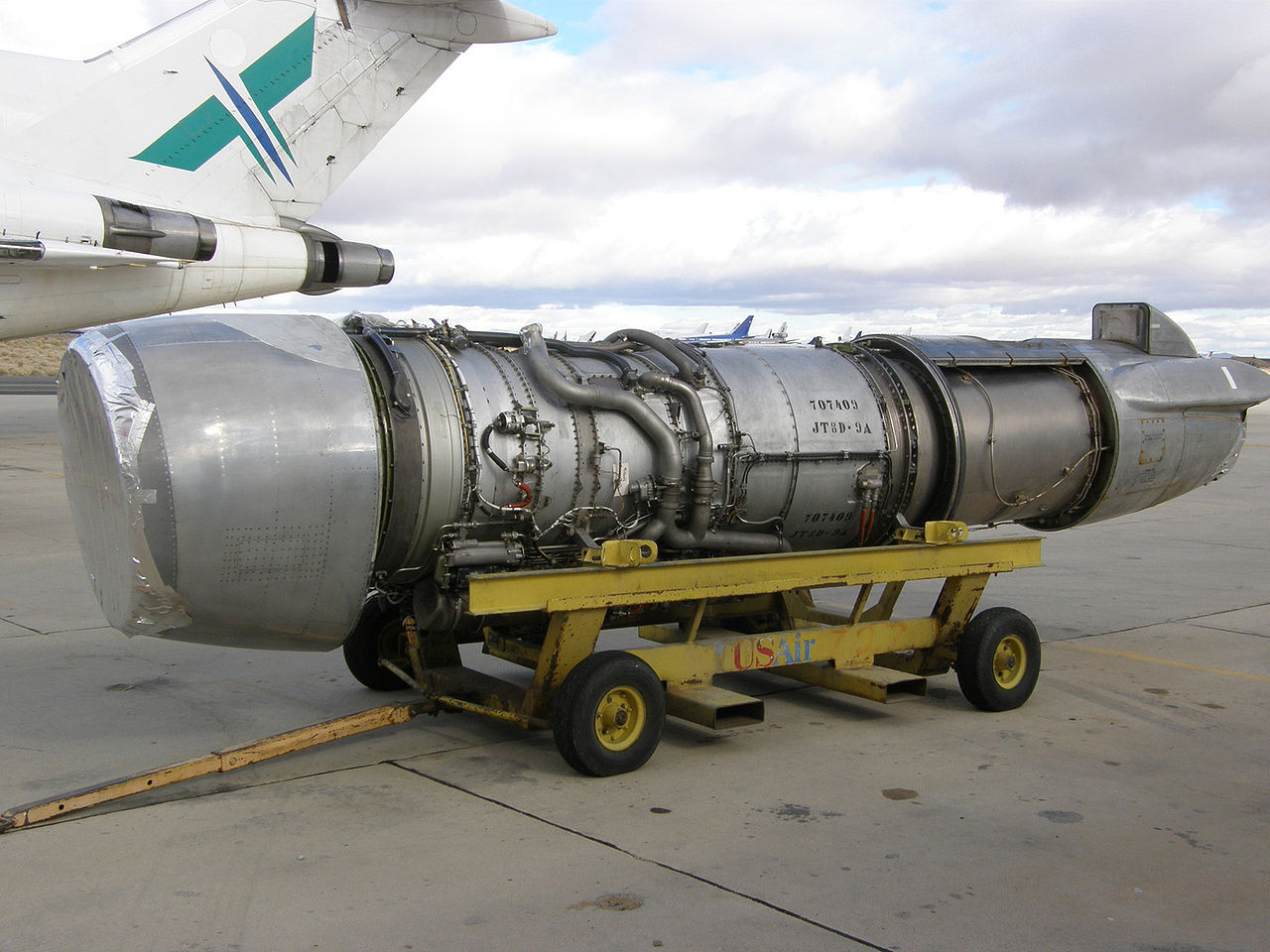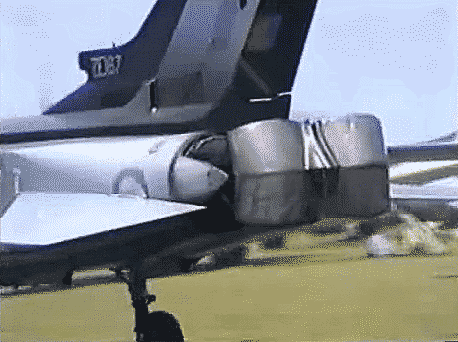Sweden has built some fascinating aircraft over the years, but the SAAB 37 Viggen has to be one of the most interesting. The jet was unique—its delta-canard configuration was cutting-edge, and its ability to operate in austere conditions made it quite independent compared to most other western fighters of the era. The Saab’s unique engine choice not only resulted in its stout appearance, and also gave it unique performance characteristics—especially when it came to short field operations.
In the early 1960s while turbojets still filled the sky SAAB designers pursued a turbofan engine for their new multi-role fighter-attack-reconnaissance-interceptor. The type even had a maritime patrol variant. It was a broad mandate: The requirements for what became the Viggen dictated that the jet be capable of Mach two at high altitude and Mach one at sea level, all while possessing very good short takeoff and landing capabilities with good fuel efficiency at low and medium altitudes.

Few engine options were available that could satisfy such demanding specs. Turbofans were just emerging as the next great thing in aerospace propulsion technology. SAAB ended up with a license-built version of the Pratt & Whitney JT8D—the same engine flown on the 727 and DC-9 airliners—known locally as the Volvo RM8.

Beyond having its internals tweaked for supersonic operations, the RM8 featured some major additions to the JT8D’s baseline design that were specifically suited for the Viggen’s mission set. A large afterburner can was attached to the end of the engine, this massively increased thrust, but also turned the engines miserly fuel consumption into a gas guzzler when it was activated. The second was the addition of a set of thrust reverser petals housed inside the engine’s exhaust nozzle, along with perimeter bypass veins that would allow air to exit in a forward direction when the reversers were activated.

The RM8B blasted out an incredible 28,100lbs of thrust in afterburner and 16,200lbs of ‘dry’ thrust without. To give you an idea of just how powerful the engine was for a fighter of the day, the popular General Electric J79 turbojet which powered the F-4 Phantom and F-104 Starfighter put out between 16,000lbs and 18,000lbs depending on the variant. The Pratt & Whitney F100 that would equip the state-of-the-art F-15A/B years after the Viggen first flew put out about 24,000lbs of thrust.

For what the Viggen gained in thrust with its RM8, it lost in sleekness. The large diameter engine necessitated a thick fuselage, but area-rule was still applied to the design to give it better supersonic capabilities than otherwise. With the jet’s fixed inlet design, it was never meant to be the fastest aircraft in the air anyway.
The Viggen’s unique powerplant was paired with very tough landing gear—four wheels for the mains and two for the nose gear—and a unique vortex generating “double delta’ canard design, with flaps making up the trailing edge of the canards. All this added up to a marvelous short-field performer, with the Viggen being able to get airborne in less than 1,500 feet and become agile at low speeds right after liftoff.

If Viggen departures were often dramatic, its landings were even more so. The jet would make flareless high-rate of descent landings—with sink rates of 15 feet per second being normal—in order to plant the jet firmly on the ground as soon as possible. The RM8’s thrust reversers were automatically triggered to engage once the nose wheel touched down, at which time the Viggen would throttle up and the pilot would engage the aircraft’s brakes to quickly slow its velocity as it chugged down the runway.
The Viggen’s thrust reversers could also be engaged for ground handling, including backing out of tight spots and especially for executing the Viggen’s trademark J-turn on the runway. The jet could touchdown, slow with its reversers on, and keep them engaged while it flipped around and took off in the opposite direction and in the same distance—all without ever coming to a stop.
Although nowhere near as sleek and beautiful as its J35 Draken predecessor, it was truly a special brute of a machine.



The jet’s whole short takeoff and landing capability went along with a larger concept of austere and dispersed fighter operations that Sweden has held onto ever since. But the Viggen’s impact extended even further. The Saab packed pretty exciting technology for its time, including a heads-up display, digital mission computer, anti-skid braking system and an electronic flight control system—the first of its kind in a production aircraft. A fairly exotic Tactical Instrument Landing System was also fielded, which made precise landings on short strips much more reliable. Yet above all else the Viggen was built to be reliable and easy to maintain without the dense infrastructure needed by comparable fighters.
At war, Viggens would be expected to operate from airfields that were nothing more than narrow and tree-lined strips of rural highway, with concrete caverns or camouflage netted revetments in the vicinity to park and service the aircraft. In fact, the jet’s tail was made to automatically fold over via an actuator system so that the aircraft could fit in low-slung parking areas.

There are stories of these jets operating from roads in horrible weather conditions, including snow, mud and ice, and being just caked with muck sprayed up by their big thrust reversers after days of flying. These were truly tough machines.

The Viggen’s thrust reversers remain an oddity till this very day—only the Panavia Tornado has employed a form of the concept with its “bucket” style thrust reversers. In general, tactical aircraft used simpler and lighter drogue chutes and anti-skid braking systems to slow themselves down. Short takeoff and landing requirements have taken far less precedence on the high-tech fighters. Today though, the ability to operate from austere locations—even with fighters not specifically designed to do so—is making quite the comeback.

329 Viggens were built, and the aircraft served from 1970 to 2005 in a variety of roles and configurations. While the plane never achieved export success like the JAS39 Gripenthat followed, it will long be remembered for prowling low and fast over Swedish countryside—and above all else, for its dramatic short field takeoffs and landings.



Contact the author Tyler@thedrive.com
